News Beat
News Beat reporting is an idrw.org initiative to let our Readers to report News Based on Actual facts but some how has not been reported in Main Stream Media .
SOURCE: RAUNAK KUNDE / NEWS BEAT / IDRW.ORG
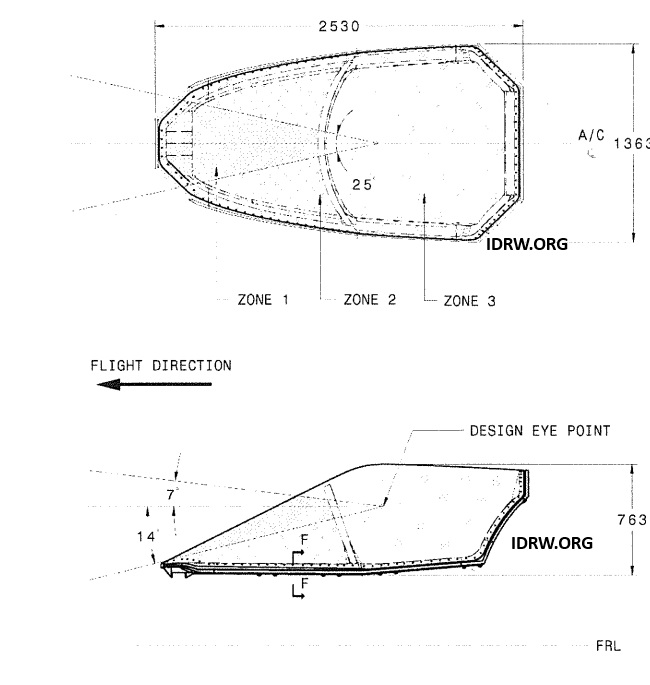
The Aeronautical Development Agency (ADA) has released a tender for the supply of stretched acrylic canopy systems for India’s Advanced Medium Combat Aircraft (AMCA) program. The tender specifically calls for six canopy bubbles that adhere to MIL-W-81752A and MIL-C-81590 specifications, which are standards for military aircraft windshields and canopies. This marks a significant step in the development of India’s indigenous 5th-generation fighter jet, which requires advanced components to meet the demanding requirements of modern air combat.
The tender outlines that the canopy bubble is to be manufactured from stretched acrylic laminated material, known for its high durability and optical clarity. This bubble will be mounted on a metal frame using fasteners, and the entire assembly, referred to as the Canopy System, is expected to meet stringent performance and safety criteria.
Continue readingSOURCE: RAUNAK KUNDE / NEWS BEAT / IDRW.ORG

Major General Rajiv Narayanan, a Professor of Practice at IIT Madras, has announced an innovative project aimed at revolutionizing armored warfare. Collaborating with IIT Madras and Lieutenant General Shankar, Maj Gen Narayanan is working on the development of a tank-fired ramjet-based Fin Stabilized Armour Piercing Discarding Sabot (FSAPDS) ammunition. This groundbreaking project seeks to significantly enhance the lethality and effectiveness of tank munitions against modern armored threats.
With the advancement of armor technology in modern Main Battle Tanks (MBTs), the need for more effective ammunition has become critical. Traditional FSAPDS rounds are already recognized as the most lethal kinetic energy ammunition available, capable of penetrating all known tank armor within a direct shooting range of up to 3000 meters. However, the limitations in range and velocity present challenges, particularly against advanced Active Protection Systems (APS) that are designed to intercept incoming projectiles.
Continue readingSOURCE: RAUNAK KUNDE / NEWS BEAT / IDRW.ORG
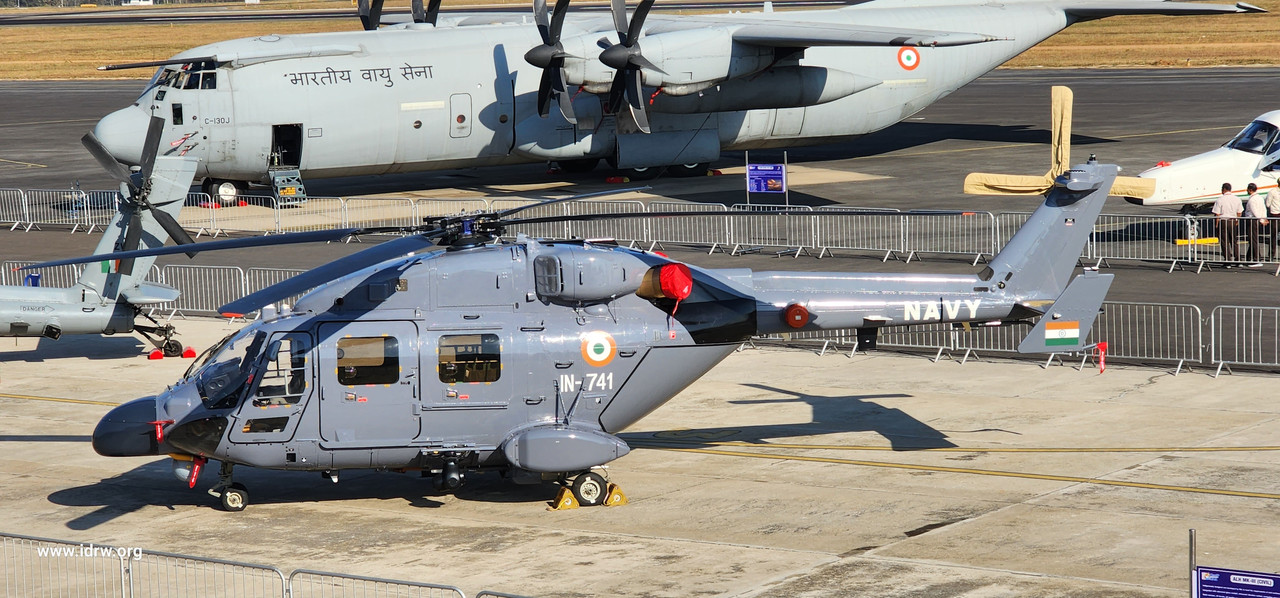
The Indian Navy is set to embark on a significant milestone with the first test flight of the Utility Helicopters-Maritime (UHM), an optimized variant of the Advanced Light Helicopter (ALH) Dhruv. Scheduled for May 2025, this test flight represents a crucial step in enhancing the operational capabilities of the Indian Navy’s aviation fleet. Sources indicate that the build process for the test aircraft is currently underway, with Hindustan Aeronautics Limited (HAL) rigorously testing and certifying various systems on a separate test helicopter.
While the UHM is based on the proven design of the ALH Dhruv, officials have emphasized that extensive modifications and structural changes are being implemented, making the UHM akin to the development of a new helicopter. This innovative approach ensures that the UHM will meet the specific operational requirements of the Indian Navy, particularly in maritime environments.
Continue readingSOURCE: RAUNAK KUNDE / NEWS BEAT / IDRW.ORG

Dassault Aviation is set to offer its latest Rafale F4 variant to the Indian Air Force (IAF) as part of the Multi-Role Fighter Aircraft (MRFA) tender for 114 jets. With the production line now transitioning to the F4 standard by 2025 following the delivery of the first aircraft in 2023 and the second in 2025, Dassault is positioning the Rafale F4 as a highly advanced option for the IAF.
Officials from Dassault, speaking to idrw.org, emphasized that the Rafale F4 brings numerous upgrades over the Rafale F3R jets currently operated by the IAF, among them are Thales software-defined radio, satellite communications and other improvements on RBE2 AESA radar, Talios targeting pod, front sector optronics system, and helmet-mounted display capabilities. New capabilities for the F4 include the Thales Scorpion Helmet Mounted Display, MBDA’s MICA NG (Next-Generation) air-to-air missile and the 1,000-kilogram variant of Safran’s AASM (armement air-sol modulaire) “Hammer” precision-guided munition.
Continue readingSOURCE: RAUNAK KUNDE / NEWS BEAT / IDRW.ORG

Recent developments signal a strategic shift for India’s T-72 Main Battle Tank (MBT) fleet. With approvals secured from Russia, India can now upgrade and resell these tanks to existing T-72 operators, extending their operational lifespan. This move comes as India seeks a replacement under the Future-Ready Combat Vehicle (FRCV) program, which aims to equip the Indian Army with next-generation MBTs.
While the Indian Army eyes a new generation of tanks, a significant number of countries have expressed interest in acquiring India’s soon-to-be-retired T-72s. To address this demand, India plans to upgrade these tanks before resale.
Continue readingSOURCE: RAUNAK KUNDE / NEWS BEAT / IDRW.ORG

France has formally requested India to closely monitor and restrict the supply of French-manufactured Thales multifunction displays, navigation systems, and heads-up displays (HUDs) from being exported, particularly to markets that could indirectly serve Russia. This request comes after reports surfaced about a Kazakhstan-based company bypassing international sanctions by collaborating with Russia to repair and maintain critical avionics systems, which are essential for Russia’s Su-30SM aircraft.
The Su-30SM is a derivative of the Su-30MKI, originally customized for the Indian Air Force (IAF) by Russia, with inputs from India. Several countries, including Russia, Kazakhstan, Belarus, and Armenia, operate the Su-30SM variant. A critical component of these aircraft is the French avionics systems, notably produced by Thales, which provide crucial functions like multifunction displays, navigation, and targeting.
Continue readingSOURCE: RAUNAK KUNDE / NEWS BEAT / IDRW.ORG

In the race for India’s highly anticipated Multi-Role Fighter Aircraft (MRFA) deal, Swedish defense technology giant Saab has made significant strides by offering to establish full-scale production of its Gripen fighter jets in India. Kent-Ake Molin, Saab Campaign Director and Head of Gripen for India Programme (Business Area Aeronautics), recently emphasized the company’s commitment to indigenization and localization efforts in India. He stated, “We foresee that we can set up full-scale production in India, which will include everything; not just airframe, but also systems and software.”
Saab’s proposal goes beyond just delivering aircraft; it aims to create an entire ecosystem centered around the Gripen platform in India. The defense major has been in favorable discussions with multiple private partners, laying the groundwork for what Molin referred to as a “rapid indigenization” strategy. This move aligns with the Indian government’s Make in India initiative, aimed at boosting domestic defense manufacturing capabilities and reducing reliance on foreign imports.
Continue readingSOURCE: RAUNAK KUNDE / NEWS BEAT / IDRW.ORG
_619x316.jpg)
France has offered to collaborate with India on the development of a very-long-endurance Uncrewed Underwater Vehicle (UUV). This advanced underwater drone could be configured to perform a variety of missions, including intelligence, surveillance, and reconnaissance (ISR), undersea mapping, mine-hunting, and mine-laying.
The UUV, approximately the size of a small fighter jet, would have the capability to operate for extended periods underwater, thanks to its advanced propulsion and energy systems. It could also function as a mothership for smaller UUVs, carrying and deploying them for specific tasks.
Continue readingSOURCE: RAUNAK KUNDE / NEWS BEAT / IDRW.ORG

The Indian Air Force (IAF) is actively seeking a Bird Detection and Monitoring Radar (BDMR) system to address the significant threat posed by bird strikes. Bird activity has curtailed air operations in the IAF due to the substantial damage caused by these incidents. Unfortunately, bird strikes have led to accidents resulting in the loss of aircraft and precious lives.
The IAF recognizes the urgent need to mitigate the risks associated with bird strikes and is committed to providing a safer environment for its operations. The induction of BDMR technology will play a crucial role in achieving this goal.
Continue readingSOURCE: RAUNAK KUNDE / NEWS BEAT / IDRW.ORG
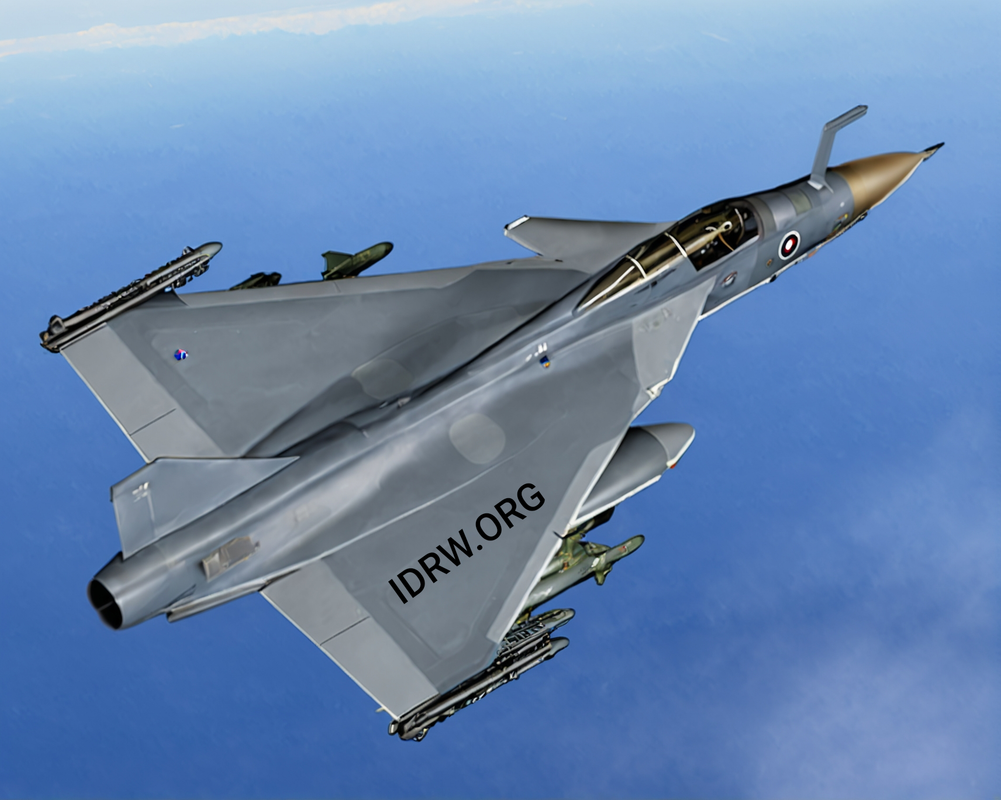
The Indian Air Force (IAF) is looking to bridge a potential production gap between the Tejas Mk1A and MkII fighter jets. With extended production of the Mk1A due to additional orders, and a desire for faster delivery of the more advanced MkII, the IAF has instructed Hindustan Aeronautics Limited (HAL) to explore involving the private sector in Tejas MkII production.
The HAL’s initial plan envisioned three Tejas Mk1A production lines, capable of delivering up to 24 jets annually. However, recent plans for an additional 97 Mk1A jets have extended the production timeline to 2031-32. This creates a potential two-year delay before HAL can fully switch to MkII production, which was initially slated to begin in 2029.
Continue readingSOURCE: RAUNAK KUNDE / NEWS BEAT / IDRW.ORG
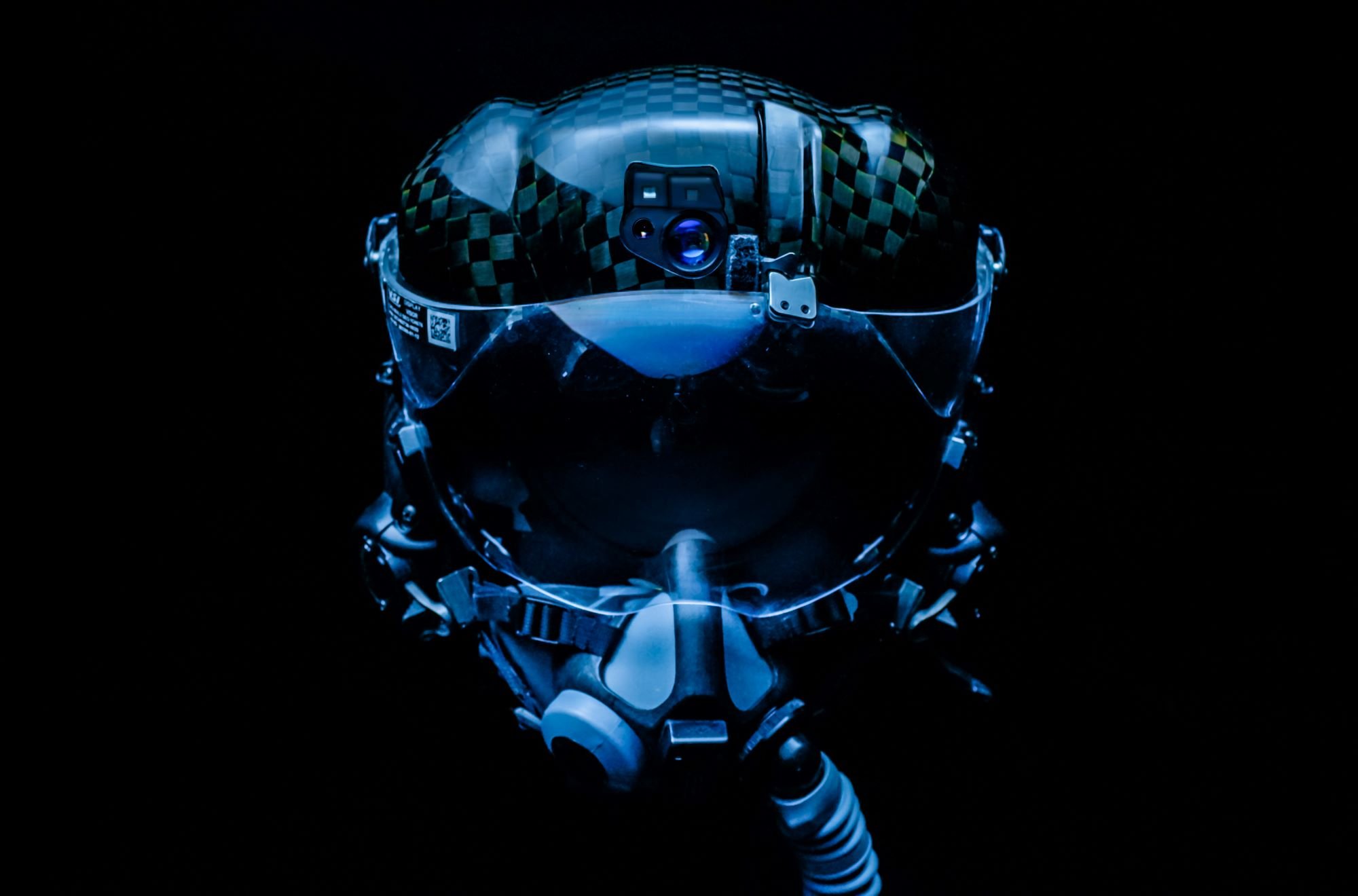
Israeli defence technology firm ELBIT Systems has proposed its expertise in developing a new Helmet Mounted Display (HMD) system that could be integrated with India’s Advanced Medium Combat Aircraft (AMCA) program.
ELBIT’s solution aims to enhance the operational capabilities of the AMCA’s pilots by integrating the HMD with the existing DASH helmet system. This advanced HMD could potentially replace the conventional Head-Up Display (HUD) currently featured in the AMCA cockpit simulator developed by the Defence Research and Development Organisation (DRDO).
Continue readingSOURCE: RAUNAK KUNDE / NEWS BEAT / IDRW.ORG

Safran, a leading aerospace and defence company, has expressed its commitment to manufacturing M-88 engines entirely in India to support Dassault’s bid for the Indian Air Force’s (IAF) Medium Range Fighter Aircraft (MRFA) tender.
The M-88 engine is the powerplant for the Rafale fighter jet, which Dassault is offering to the IAF for 114 jets. Safran’s MRO facility in Hyderabad is already capable of producing M-88 engines, and the company is prepared to scale up production significantly if it receives a substantial order.
Continue readingSOURCE: RAUNAK KUNDE / NEWS BEAT / IDRW.ORG

Germany’s ThyssenKrupp Marine Systems (TKMS) recently showcased a model of a submarine it is offering to the Indian Navy, which bears a strong resemblance to the Type 212CD currently under development for Germany and Norway. However, TKMS has not confirmed if this submarine is indeed the Type 212CD or a variant specifically tailored for India.
The model’s striking resemblance to the Type 212CD raises curiosity, particularly due to its faceted outer hull, a radical stealth design that represents a significant departure from previous submarine designs. Despite the visual similarities, insiders from TKMS suggest idrw.org that while the exterior mirrors the cutting-edge 212CD, the internal systems will be based on the older Type 214 submarine platform, combined with a new Air-Independent Propulsion (AIP) system that is still under development.
Continue readingSOURCE: RAUNAK KUNDE / NEWS BEAT / IDRW.ORG
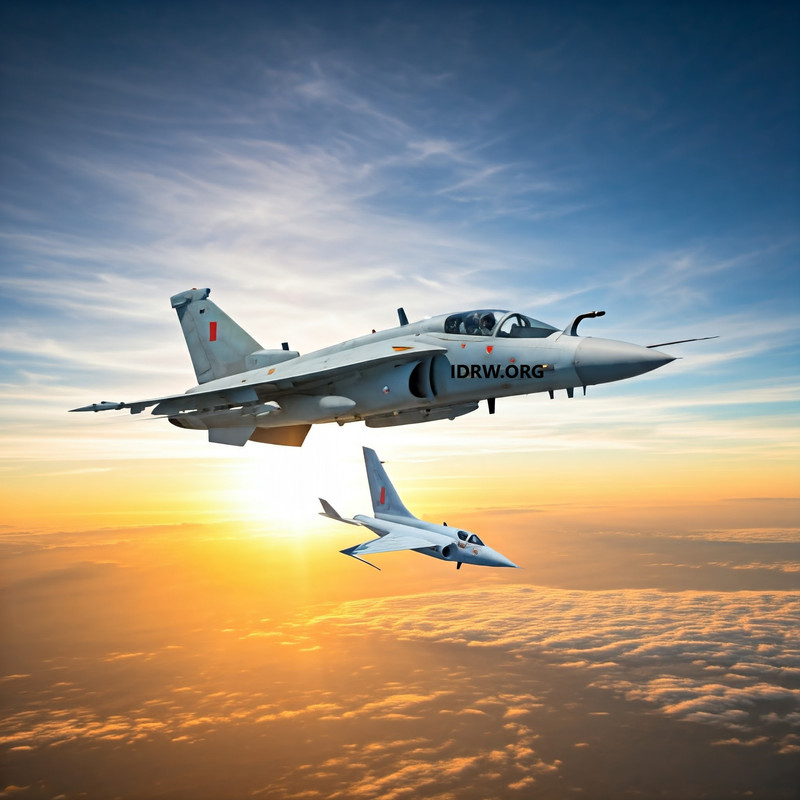
The Defence Research and Development Organisation (DRDO) continues its efforts to convince the Indian Navy to acquire Naval LCA (Light Combat Aircraft) platforms. In September 2024, the DRDO chief reiterated the organization’s push for an order of 8-10 Naval LCA aircraft, initially intended for pilot training.
However, the Indian Navy reportedly has broader ambitions for the Naval LCA, envisioning roles beyond pilot training for its aircraft carrier operations. This aligns with the Aeronautical Development Agency’s (ADA) plans to showcase the Naval LCA’s potential for Manned-Unmanned Teaming (MUM-T).
Continue readingSOURCE: RAUNAK KUNDE / NEWS BEAT / IDRW.ORG
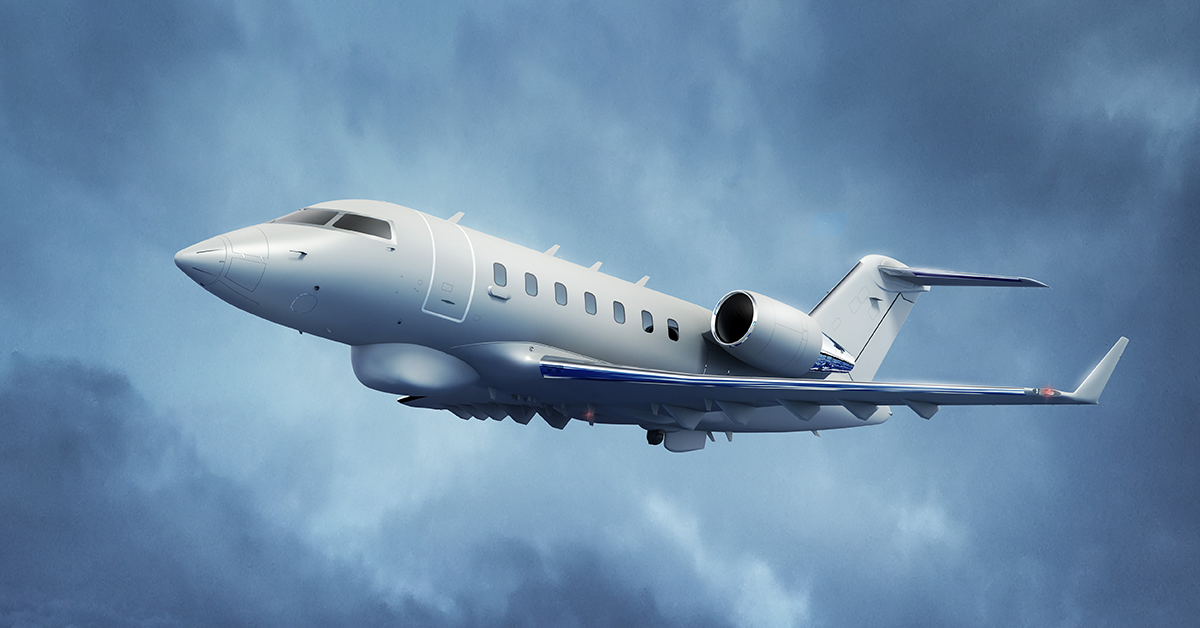
Adani Defence and Bombardier Defence are reportedly in discussions to offer Global series jets to the Indian Air Force (IAF) for its upcoming Intelligence, Surveillance, and Reconnaissance (ISR), Airborne Early Warning (AEW), and Electronic Warfare (EW) programs.
The IAF is currently seeking an ISTAR (Intelligence, Surveillance, Targeting and Reconnaissance) platform for battlefield and ground surveillance operations. The Centre for Airborne Systems (CABS) of DRDO is leading the development of this platform, with reports suggesting it will be based on the Bombardier Global Express business jet platform.
Continue reading